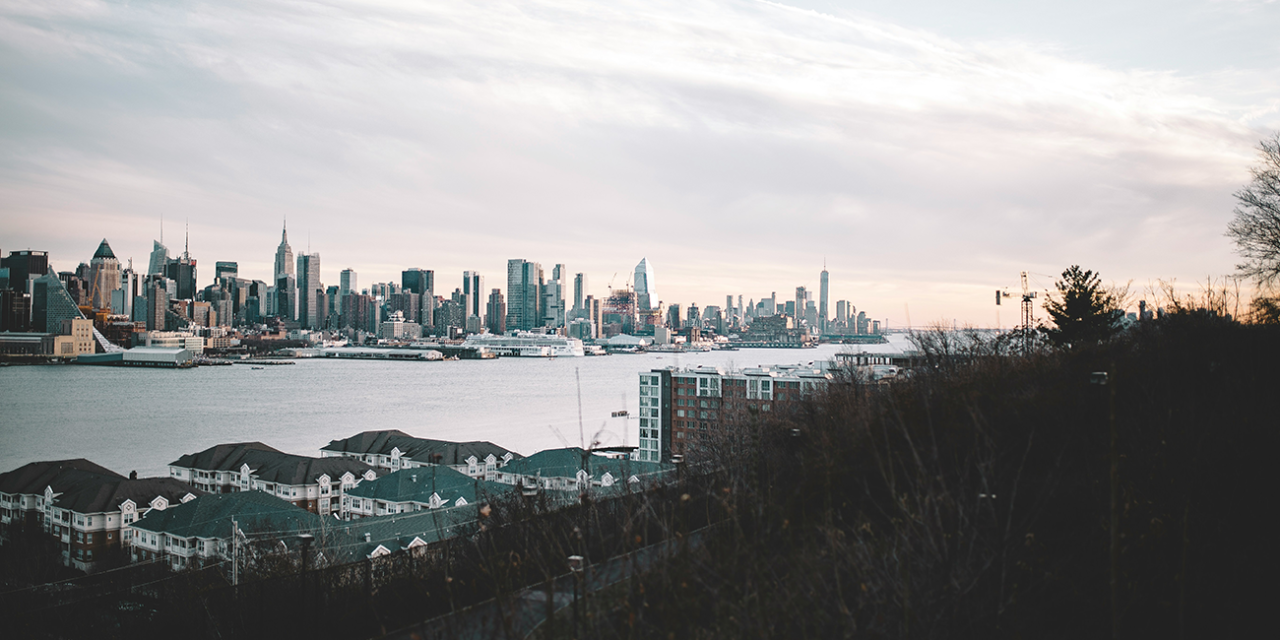Nestled along the lovely yet grand banks of the Hudson River, West New York, New Jersey, is a unique gem with a rich history that mirrors the broader American narrative of growth and diversity.
West New York’s story is a testament to resilience, transformation, and cultural amalgamation, from its very humble beginnings as farmland to its current status as a vibrant urban community.
It inspires, showing how a small town can adapt and thrive in the face of change.
Table of Contents
Indigenous Beginnings and Colonial Influence
Early Inhabitants
Before European settlers arrived, the area that is now West New York was inhabited by the Lenape Native Americans.
These indigenous people lived in harmony with the land, utilizing its hunting, fishing, and agriculture resources.
Colonial Era
The arrival of Dutch and English settlers in the 17th century marked the beginning of significant changes.
The land that would become West New York was part of the larger settlement of Bergen, one of the earliest Dutch communities in New Jersey.
Small farms and rural landscapes characterized the region.
19th Century: From Farmland to Suburb
Agricultural Roots
During the 1800s, the area remained predominantly agricultural, with farms producing vegetables, fruits, and dairy products for nearby New York City.
The fertile soil and favorable climate made it an ideal location for farming.
Urbanization Begins
The latter half of the 19th century witnessed a significant transformation in West New York, largely due to the construction of the West Shore Railroad.
This development and the subsequent establishment of trolley lines made New York City more accessible.
As a result, new residents and businesses were attracted, and the town evolved from rural farmland to a thriving suburban community.
20th Century: Industrial Growth and Immigration
Industrialization
The early 20th century marked a period of industrial growth.
Factories and warehouses started to cover the landscape, providing jobs and attracting workers from various regions. This industrial boom contributed to significant population growth and urban development.
Wave of Immigration
West New York’s cultural diversity is a testament to the large waves of immigration that have shaped its identity.
From European settlers to later arrivals from Latin America, each group brought their unique traditions, languages, and cuisines, enriching the town’s cultural fabric. This influx of diverse residents has swelled the town’s population and made its character distinctly diverse.
Incorporation and Development
In 1898, West New York was officially incorporated as a town.
This milestone allowed for more structured governance and planning, and it developed essential infrastructure such as schools, roads, and public services.
The town continued to grow, balancing industrial and residential development.
Modern West New York: A Vibrant Urban Community
Economic Shifts
The latter half of the 20th century saw a decline in industrial activity, prompting West New York to pivot towards a service-based economy.
The town adapted by focusing on commercial development and attracting small businesses, restaurants, and retail shops.
This economic diversification helped stabilize the local economy and provided new opportunities for residents.
Cultural Diversity
Today, West New York is celebrated for its cultural diversity.
The town is a vibrant melting pot, home to a rich Hispanic community and other ethnic groups, each contributing to the town’s cultural mix.
Festivals, parades, and community events celebrate this diversity, fostering a strong sense of unity along with pride among residents.
Urban Revitalization
Recent years have seen efforts to revitalize the town’s infrastructure and public spaces.
Investments in parks, schools, and transportation have improved residents’ quality of life.
The waterfront area, with its stunning views of the Manhattan skyline, has become a focal point for recreation and development.
Q&A: Delving Deeper into West New York’s Legacy
Q: How did the construction of the West Shore Railroad impact West New York?
A: The West Shore Railroad facilitated easier access to New York City, attracting new residents and businesses. It was pivotal in transforming West New York from a rural area to a suburban community.
Q: What role did immigration play in shaping West New York’s identity?
A: Immigration significantly influenced West New York’s cultural and demographic landscape. Waves of European and Latin American immigrants brought diverse traditions, languages, and cuisines, enriching the town’s cultural fabric.
Q: How has West New York adapted to economic changes over the years?
A: West New York shifted from an industrial-based economy to a service-oriented one. The town focused on commercial development, attracting small businesses, restaurants, and retail shops, which helped stabilize the local economy.
Q: What efforts have been made to revitalize West New York recently?
A: Recent revitalization efforts include parks, schools, and transportation infrastructure investments. The waterfront area has been developed for recreation and commercial use, enhancing the town’s appeal.
Q: How does West New York celebrate its cultural diversity today?
A: West New York celebrates its cultural diversity through various festivals, parades, and community events. These celebrations reflect the town’s rich culture and foster a sense of unity among residents.
Q: What historical landmarks can you find in West New York?
A: Historical landmarks in West New York include the iconic Weehawken Water Tower and the waterfront area, which offers views of the Manhattan skyline. These landmarks reflect the town’s historical and cultural significance.
Reflecting on West New York’s Historical Journey
West New York’s story is a testament to the resilience and adaptability of its residents.
West New York has continually evolved from its indigenous roots and agricultural beginnings to its industrial growth and modern urban revitalization. This adaptability reassures us that the town is well-equipped to face future challenges while preserving its unique identity.
As West New York moves forward, it does so with a deep respect for its past and a commitment to fostering a vibrant, diverse, and thriving community. The town’s journey is a microcosm of the broader American experience, reflecting the challenges and triumphs that shape our collective history.
West New York’s rich history and cultural diversity make it a unique and inspiring place. As residents and visitors alike walk its streets, they are reminded of the enduring spirit that has guided the town through centuries of change and growth.





